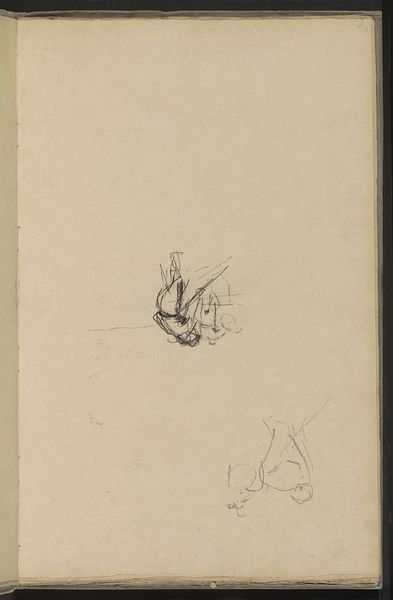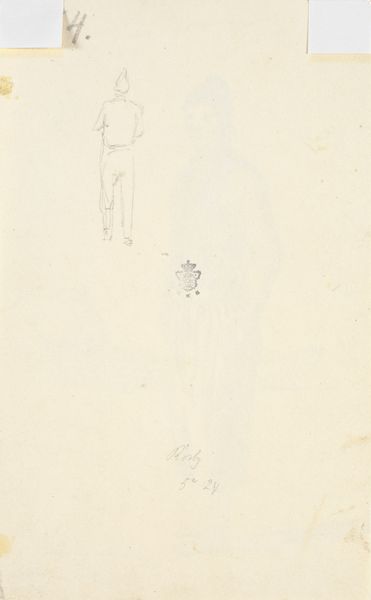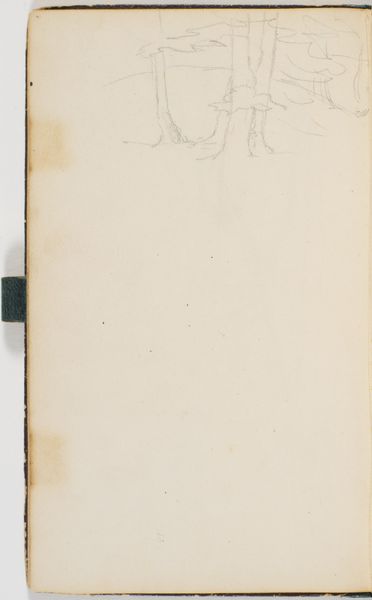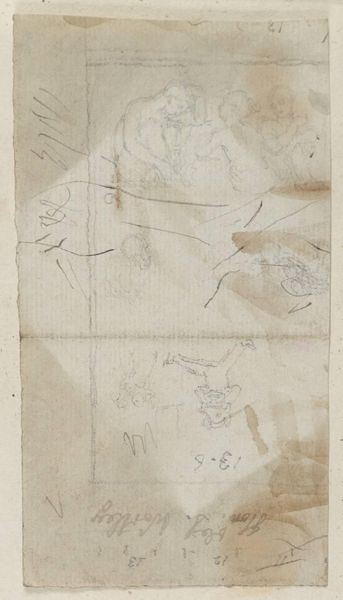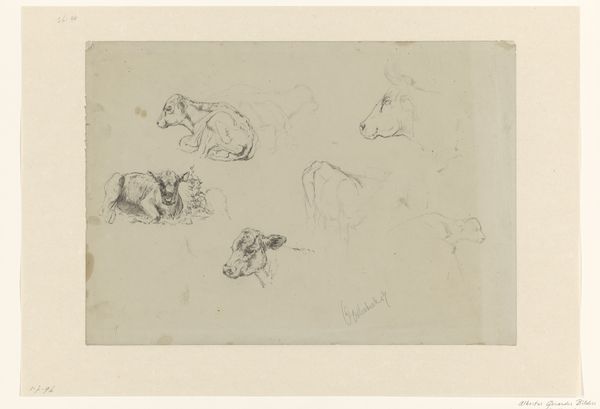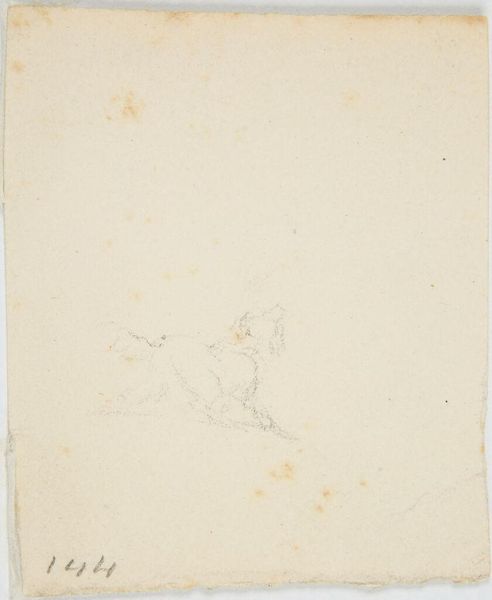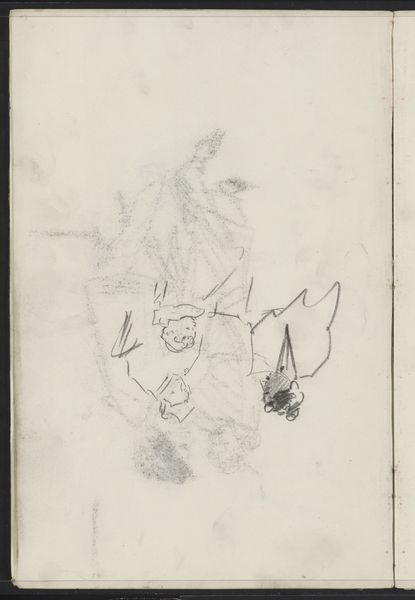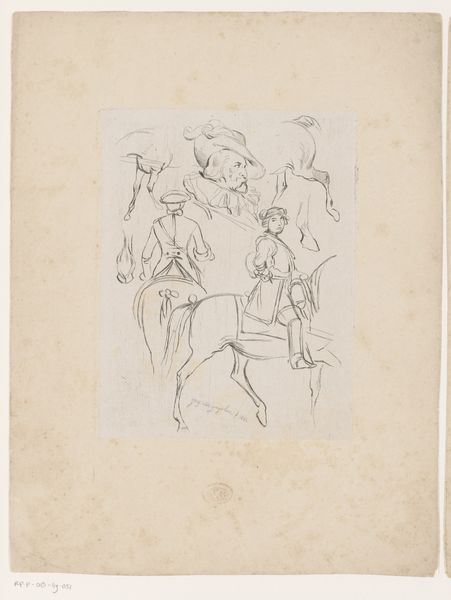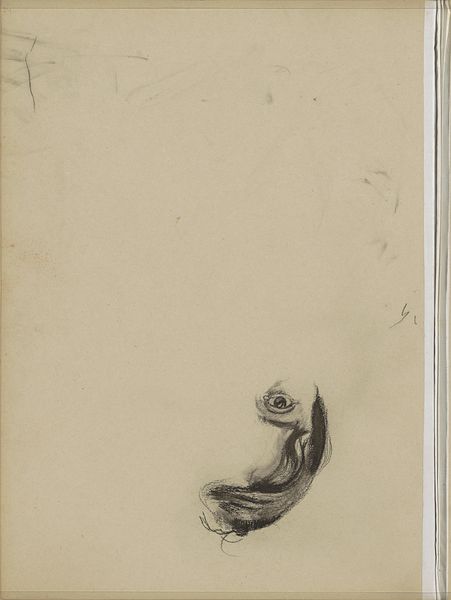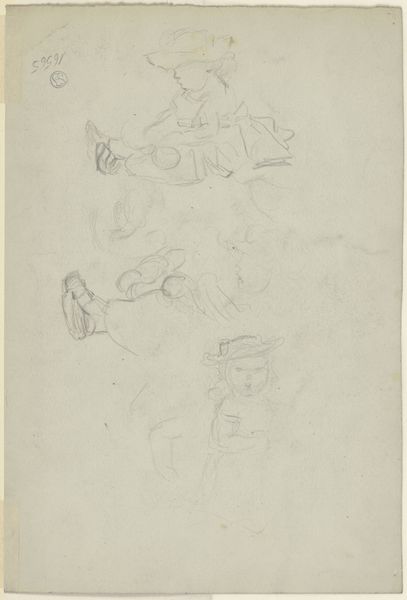
drawing, pencil
#
drawing
#
landscape
#
romanticism
#
pencil
#
genre-painting
Copyright: Public Domain
Editor: This is "Studienblatt_Familienszenen", a pencil drawing by Carl Morgenstern. The date is unknown, but it's in the Städel Museum collection. It feels very loose and sketchy, but the family scenes hint at something more complex. What do you see in this piece? Curator: I see a romanticized vision of family and nature deeply intertwined with the social realities of the time. Genre paintings often mask or subtly reinforce societal norms and power dynamics. Do you notice how the composition almost creates separate vignettes? Editor: Yes, almost like different stories on one page. One scene seems to show figures with a cart, another with a child near a pig. What could that signify? Curator: Think about the role of livestock in agrarian societies. The pig might represent sustenance, or even wealth, for the family. Consider the positioning of the child - is there an element of vulnerability, a dependency on this resource? And how might this connect to larger socio-economic structures? The seemingly innocent image speaks to class and survival. What is family without support structures? Editor: I see it now! The scenes appear simple, but underneath are cues about how people lived and what they depended on. Curator: Exactly. Morgenstern isn't just depicting idyllic moments; he's giving us glimpses into the material conditions shaping those lives. What stories do you imagine for these people? Editor: This makes me want to research more about the era, to understand the context behind those seemingly simple moments. Thanks! Curator: The pleasure is mine. Seeing art as a reflection of its time opens up so many important conversations.
Comments
No comments
Be the first to comment and join the conversation on the ultimate creative platform.
